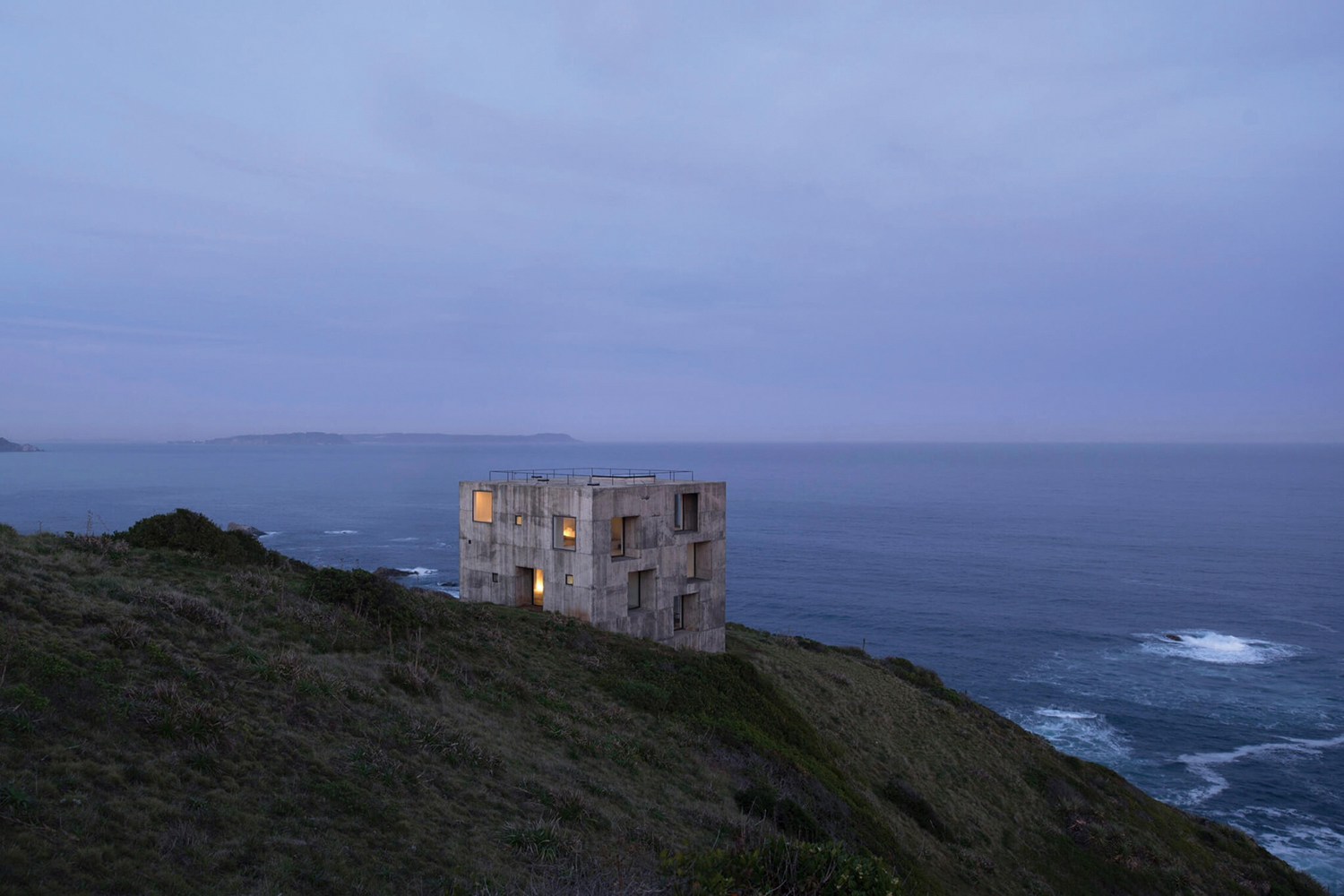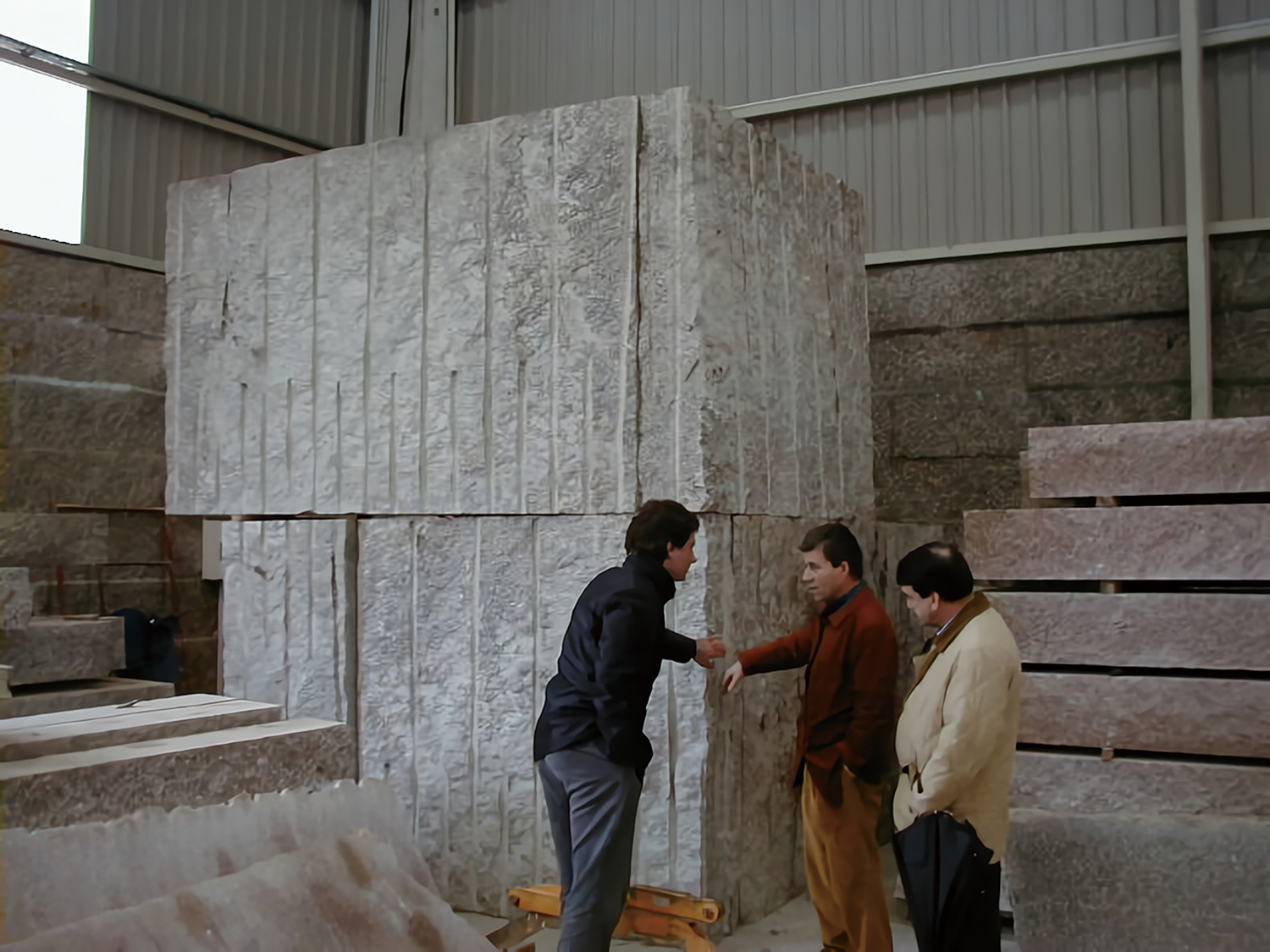SPACE October 2023 (No. 671)

Poli House ©Pezo von Ellrichshausen

Construction process of Musical Studies Centre (2002) ©Ensamble Studio
On Sep. 4, a lecture was held at Garam Hall, Hongmungwan, Hongik University, featuring Pezo von Ellrichshausen (co-principals, Mauricio Pezo, Sofia von Ellrichshausen) and Ensamble Studio (co-principals, Antón Garcia-Abril, Débora Mesa). Pezo von Ellrichshausen has been active in Chile since 2002, showcasing a variety of works at the intersection of architecture and art. They’re recognised for their geometric designs the respect nature, gaining attention both locally and abroad. Since its establishment in 2000, Ensemble Studio has been engaging in architecture and research activities with the land as their main subject. They are known for experimental projects that use contemporary techniques and methods to construct materials imbued with history and temporality. While the two teams have different styles, they share the commonality of focusing on their relationship with nature in their architectural practices. In this lecture, each team shared their studio’s architectural philosophy along the themes of ‘Second Nature’ and ʻArchitecture of the Earth’, introducing projects embodying such philosophies.
Starting his presentation with the theme ‘Second Nature’, Mauricio Pezo placed emphasis on the assertion that architecture is not separate from nature, but is interconnected. He argued that the approach to architecture should be with the mindset of communicating with nature. While architecture carries a certain artificiality due to human interpretation and desired uses, just as humans are a part of nature, so is architecture, according to his argument. Following him, Sofia von Ellrichshausen referred to the three-storey Poli House (2005) located along the coast of Chile, explaining that in a region with frequent earthquakes, the concept of symmetry is a gesture towards becoming a part of nature. The two lecturers showcased photos and plans of various housing projects designed in areas close to nature, such as the coast or forests. They stressed that the recurring geometric elements in their work are not merely for aesthetic purposes, but are carefully considered devices in relation to nature.
Antón Garcia-Abril introduced his works under the theme ‘Architecture of the Earth’ with videos. He explained how he became aware of the relationship between architecture and the earth through his early project, the Musical Studies Centre (2002) in Santiago de Compostela. The Musical Studies Centre was designed with granite on its exterior, and, during the process, he realised that many architectural materials, including stone, are products of mining or quarrying. He argued that architecture built with materials close to the land environment, with minimal intervention, harmonises with the earth. He further stressed the need for architecture to form a direct relationship with nature, breaking free from its constraints.
Following the lectures, Park Chungwhan (professor, Hongik University) moderated the discussion, with Hyunjoon Yoo (professor, Hongik University) joining as a panelist. They delved into varied topics, from understanding nature, the bond between architecture and art, to design strategies based on the landscape. Additionally, both groups contributed to the Seoul Biennale of Architecture and Urbanism 2023 and teamed up to design the Medeonggol Garden, now in development in Yangpyeong, Gyeonggi-do.





